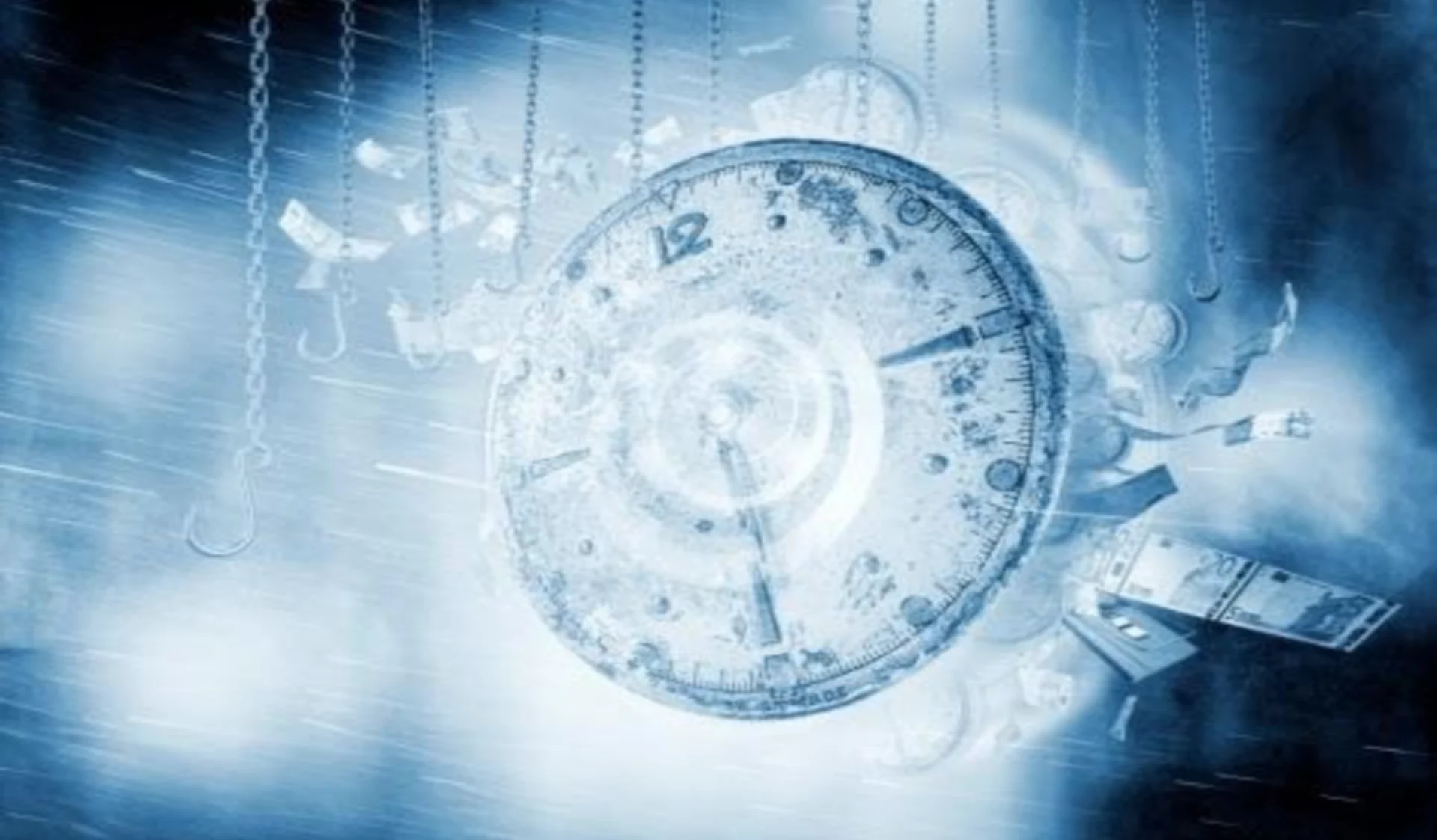
The End of Daylight Saving Time: A Time Traveller’s Guide
Time to change and recycle your smoke and carbon monoxide detector batteries.
Time travel physicists debate it while everyone else imagines what they would do if time travel were possible. This Sunday, November 5, beginning at 2:00 a.m., most Canadians get to re-live an hour by falling back the clocks. But, by Monday morning, many realize their bodies didn’t time travel and those dreams are replaced by a yearning to wake up again when it’s light outside. Who started this and why?
On Sunday, March 12th, most Canadians sprung forward with Daylight saving time. Some claim that Benjamin Franklin invented Daylight Saving Time (DST) in an essay he penned for The Journal of Paris in 1784. But it was a joke. This is the sense of humour of a man who 30 years prior flew kites during thunderstorms. It’s best to chuckle, maintain eye contact, then back away slowly.
The real inventor of the DST concept was a British housebuilder named William Willett. He imagined a United Kingdom where if the British gradually moved clocks forward starting in April, they could bask in more late-day sunshine. But, he never got to work on his late day tan, he passed away without seeing the British government bring his plan to life.
Willett was onto something. The real reason why we did spring forward is to make better use of daylight instead of the widespread belief that it has something to do with farming. On July 1st, 1908, the first place on the planet to observe DST was Thunder Bay, Ontario. (Hear that Franklin?) It caught on slowly. On April 23rd, 1914, Regina, Saskatchewan, set their clocks ahead to enjoy more daylight. Then Winnipeg and Brandon, Manitoba, followed in April 1916. They deserved it. That winter, temperatures dipped to as low as -40° C with a nearby weather station recording 85 cm of snow in January. But, as October approached, DST was abandoned since there wasn’t enough sunlight either way to matter.

Credit: Getty Images
Today, it is up to each Canadian municipality to make a DST decision. Areas of British Columbia and most of Saskatchewan no longer observe the end of DST. They’ve traded in time travel for an earlier start to stargazing during the summer months without having to re-adjust in the fall. But, no matter where you live in Canada, the time change means it’s time to replace the batteries in your smoke and carbon monoxide detectors and clocks.

Credit: Getty Images
Working detectors double a person’s chance of surviving a home fire, so it’s critical to test them after installing fresh batteries. Even if the unit looks like it’s functioning, locate the test button on the front or the side. Push and hold the button for a few seconds to ensure the alarm sounds. If it doesn’t, it may be time to replace your unit. Smoke and carbon monoxide detectors expire so if you’re not sure how old your detector is, there should be a date on the back of the unit.
Now that your batteries are crisp and fresh like the fall air, what do you do with the old batteries? Used batteries shouldn’t be kept and don’t belong in the trash. These batteries could hold a residual charge that can spark and cause a fire. This precaution is reason enough to recycle them, but there are other reasons. By keeping a battery’s toxic by-products out of landfills, it helps protect natural resources, wildlife and mother earth’s wellbeing. Instead, the recycled materials are made into bicycles, golf clubs,household appliances and pots and pans to cook up holiday feasts, to name a few.

Credit: Getty Images
The best part is, recycling your used batteries is easy and convenient thanks to Call2Recycle®. This not-for-profit organization has set up a provincially regulated battery recycling program committed to the safe collection and recycling of used batteries. Your batteries can be dropped off at thousands of locations across Canada, including many leading retailers and municipal depots. To find a convenient drop-off location for you, visit www.call2recycle.ca/locator and type in your postal code.
There is one thing that Canada’s ability to time travel cannot do, that is travel back to correct the past. Changing and recycling the batteries in your smoke and carbon monoxide detector alleviates that need. Do this on November 1st so you can stay safe and enjoy that extra hour of sleep, the one that William Willett took away that one spring day.










